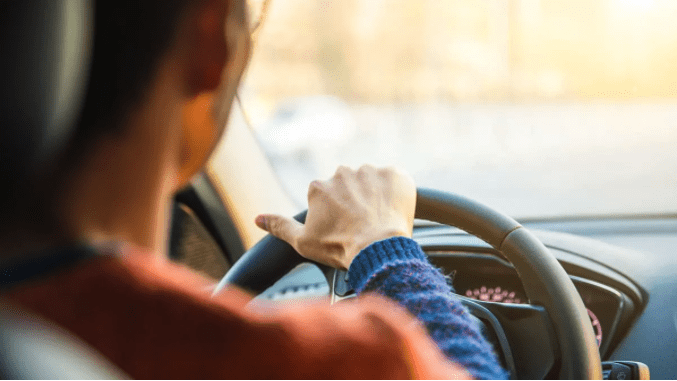What To Do Before and After an Accident
Accidents often occur suddenly and cause fear and confusion for the injured party. Many accidents are preventable by taking certain precautionary measures, but if you are involved in an accident, you can take certain steps to protect yourself and possibly reduce the damage done.

Precautions before an accident:
- Hands-free phone: It is best not to use a phone while driving. If you must use your phone make sure to use a hands-free device that does not distract you while driving. Georgia law O.C.G.A. Sec. 40-6-241 now requires drivers to use hands-free devices to use a cell phone while driving.
- Slow down: Fast speeds tend to cause more damage and reduce the driver’s time to react. Always be mindful of weather and road conditions when driving. In rain, snow or bad road conditions it is important to drive slower.
- Newer Models Vehicles are Safer: Vehicle manufacturers regularly improve vehicle safety features. If you can afford further safety features, you should purchase them.
- Defensive Driving: Take a defensive driving course to help familiarize yourself with common dangers on the roadway. Most insurance companies offer a discount if you take a defensive driving course. The Georgia Dept. of Driver’s Services (DDS) has a state approved listing of courses.
- Wear a seatbelt: Wearing a seatbelt can dramatically decrease the risk of serious injury or death during a car accident.
- Secure potential projectiles: Lose items in your vehicle can be extremely dangerous during an accident. Placing items in a vehicle’s trunk or properly securing a load can help prevent injuries during an accident.
During an accident:
- Avoid Bracing for Impact: It is important to try and remain calm and not to tense up during impact. Tensing your legs against the floor or extending your arms fully against a seat or dashboard can cause severe injuries.
- Avoid Sudden Movements: While it is natural to make evasive maneuvers during an accident, try to avoid sudden braking and quick, sharp turns. All vehicles respond best to smooth steering and braking.
- Rely on Modern Safety Features: Modern anti-lock braking systems (ABS) generally rely on an automated break pumping to help slow or stop a vehicle. Keep your arms and legs in the typical seated position and allow your airbags to deploy as designed. Modern airbags and crumple zones are designed to protect the passenger in the normal seated position during an accident.
- Avoid Secondary Collisions: If your vehicle is still drivable, move your vehicle from busy travel lanes. If your vehicle is inoperable, exit with extreme caution so you are not struck by other vehicles.
After the accident:
- Call 911 and Treat Your Injuries: The sooner rescue personnel arrive, the sooner injured persons can receive treatment. Medical professionals are better able to assess injuries, so it is best to have them arrive as soon as possible.
- Move from the Roadway: If possible, move away from the accident scene. Accidents are obstructions to normal moving traffic. If there is heavy traffic, wait for emergency personnel to help get you to safety.
- Take Photographs: Once you’ve reached a safe location, take photographs of the scene and your vehicle. If you’ve been injured, take photographs of your injuries.
- Contact an Attorney: Before speaking to your insurance company or giving any statement, contact an attorney.
Latest posts by Nick Martin (see all)
- Do You Have a Personal Injury Case? - May 13, 2024
- What to Do When You’ve Been Hit by a Driver Who’s Uninsured or Underinsured - April 24, 2024
- What to Do When You’ve Been Hit by a Car Walking? - March 21, 2024